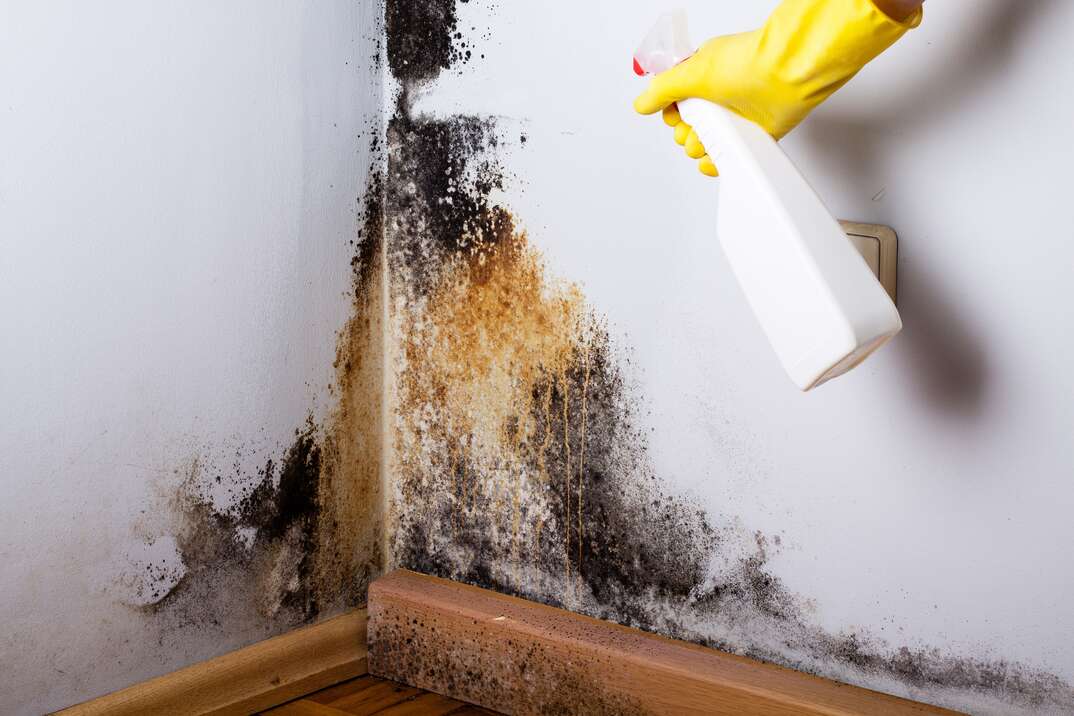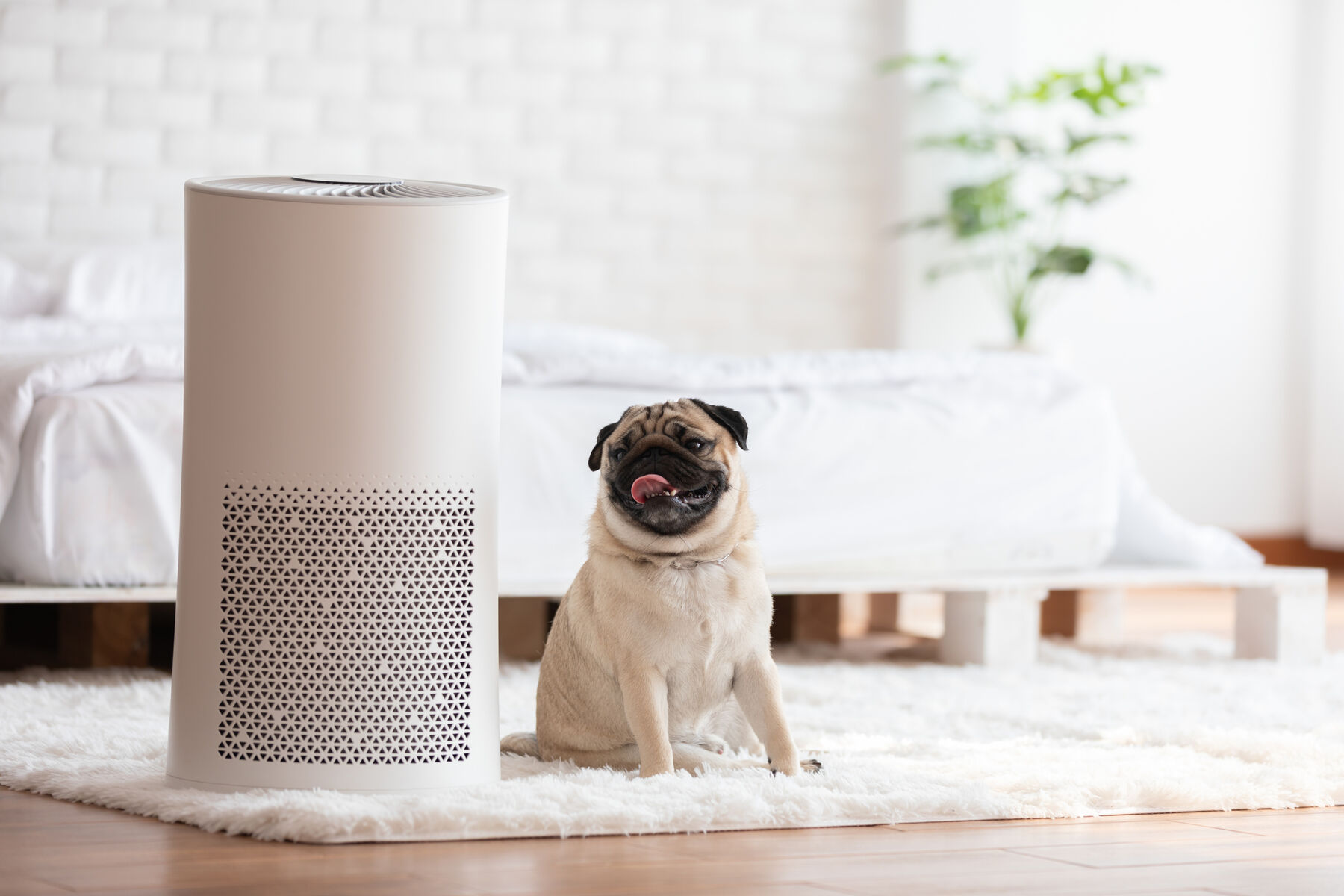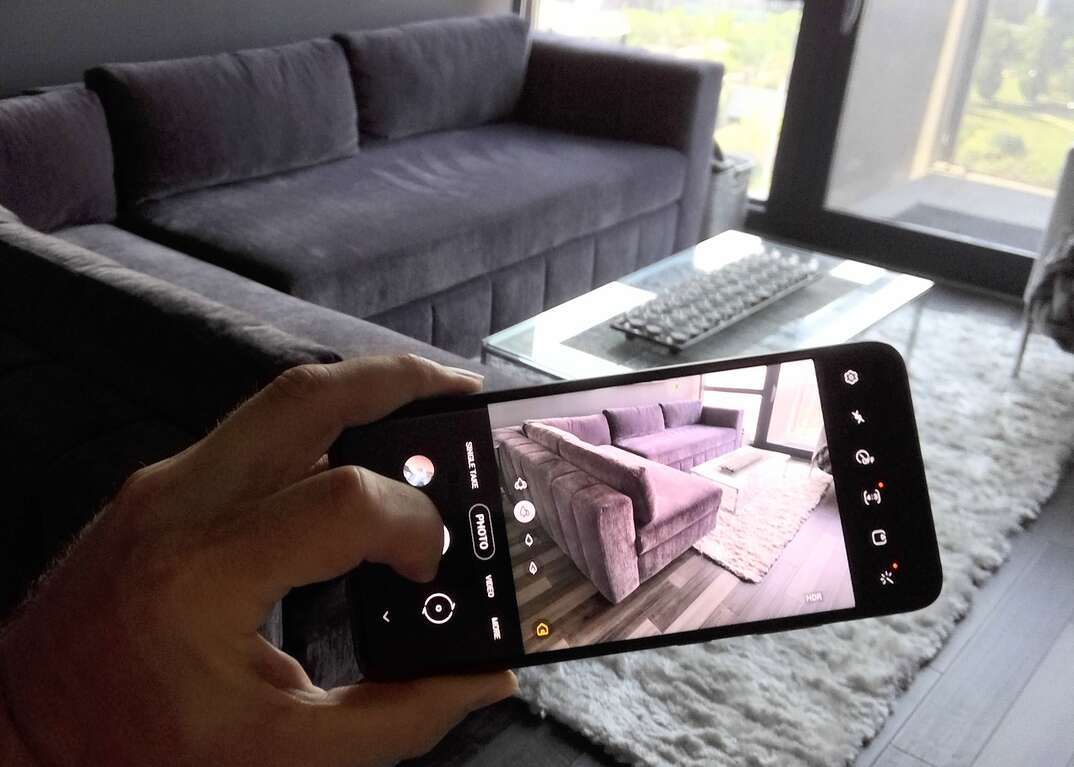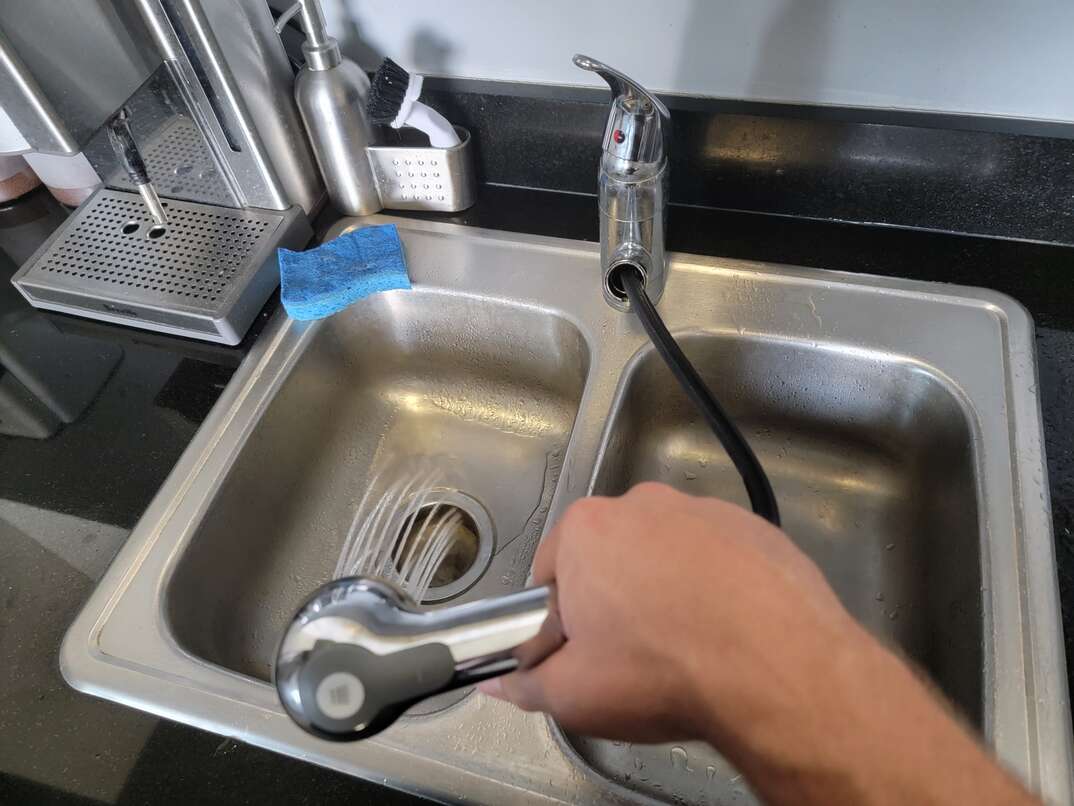Out With the Mold and in With the New: How to Clean Mold
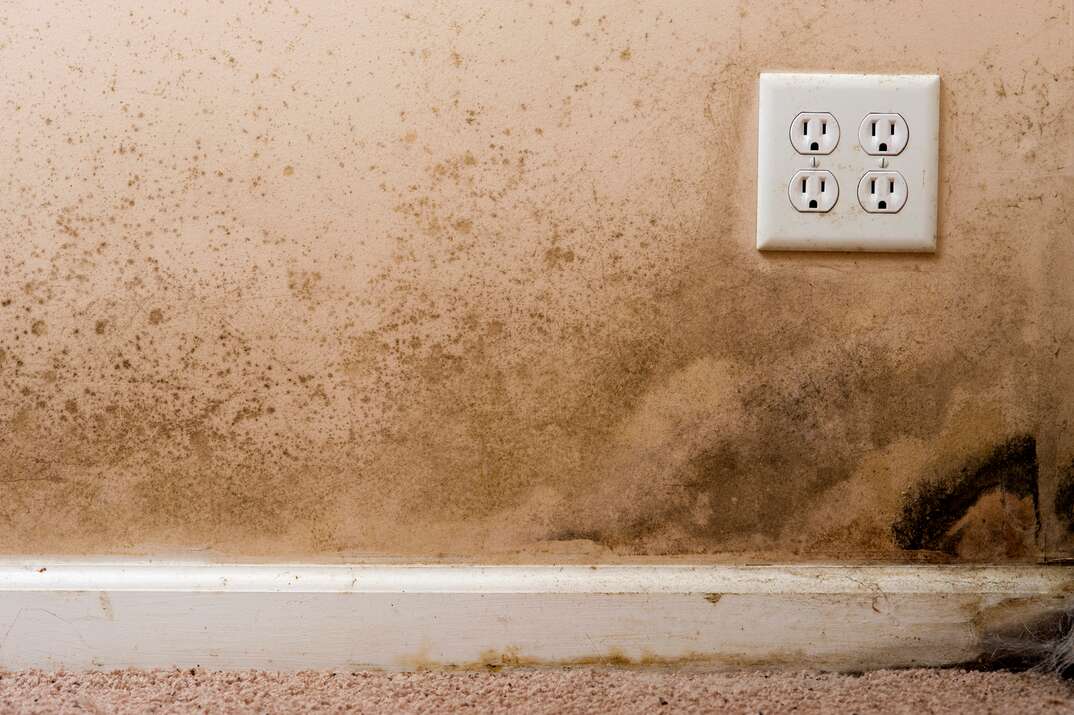
Cleaning Mold at a Glance
- Step 1: Inspect moisture-prone areas
- Step 2: Stop water leaks
- Step 3: Isolate affected area
- Step 4: Remove moldy items
- Step 5: Clean mold
- Step 6: Let area dry
Whether it's turning the grout in your shower black or leaving dark spots on your bedroom ceiling, mold is ugly, unpleasant and has an unmistakable smell. Mold of all types is more than just unsightly; left untreated, it can cause damage to your home or your health.
This May Also Interest You: How Much Does Mold Inspection Cost?
If you see mold somewhere in your home, it’s best to clean it before it spreads further. Here’s a step-by-step guide.
What Is Mold?
When you hear “mold,” you might think of black or green growth on ceilings, walls, showers or under sinks. “Mold” is actually a general term for certain types of fungus that lurk in moist areas.
Fungi come in a variety of colors, like black, green, white, and even orange or purple. They can grow almost anywhere and on anything, including food, plants and porous surfaces both inside and outside. Mold tends to thrive in wet areas.
Are Mold and Mildew the Same Thing?
Though related, mold and mildew are not the same. Mildew is a surface fungus, and it only grows in areas that stay damp much of the time. It's typically easy to clean with store-bought chemicals and a sponge or brush — though it can leave behind stains or discoloration.
Mold doesn't always reside on the surface. Because of this, it can be harder to remove. It also has a different texture than mildew, such as the fuzzy mold you might see growing on food or plants.
Is Mold Dangerous?
Yes and no. You're probably around mold in small doses almost daily, especially if you go outside often. Unless you're allergic, this type of mold — or even a bit gathering around the bathroom faucet — probably isn't immediately dangerous. It can, however, impact indoor air quality.
However, the Centers for Disease Control and Prevention note that long-term exposure to mold can cause various adverse health effects. The effects vary in severity, from minor inconveniences and allergies to medical conditions that can cause organ damage. It's usually better to be safe than sorry when it comes to mold.
How to Get Rid of Mold
Mold removal can be a DIY job in some cases. In others, you may need to hire a mold removal professional. If you want to do it yourself, here are the steps:
1. Do a Regular Inspection of Moisture-Prone Areas
Look for mold around your faucets, sinks, toilets, showers and other places where water might regularly collect. Doors and windows in your basement may also let in moisture. Also, check for the beginnings of mold growth in these areas. Mold infestations are easier to correct if you spot them early.
2. Solve Water Problems
Mold grows where there is regular moisture. If you find mold under the kitchen sink, for example, you may have a leak that supplies a constant drip of water to the area. Cleaning up the mold is only a temporary fix; if the leak persists, you may see mold growth again. If you spot a leak, dry up any excess moisture and make repairs.
3. Isolate the Affected Areas
While you’re cleaning, you’ll want to keep mold spores from traveling around your home. Close the door to the room where you’re working or hang plastic sheeting around the area.
4. Remove Items Consumed by Mold
Make sure to wear protective gear such as a mask, goggles and gloves while cleaning to limit your exposure to mold.
Start by removing any items that have been destroyed by mold and can't be cleaned, including cardboard and paper items. You may also have to remove wood or drywall if the mold growth is beyond the surface.

More Related Articles:
- A Homeowner’s Guide to Mold Removal
- Pay Attention to that Mold Behind the Curtain! A Shower-Curtain Cleaning How-To
- How to Fix Common Plumbing Leaks
- 8 Easy DIY Home Maintenance Tips
- How Much Does Drywall Cost?
5. Clean the Mold
Scrub the affected area with mold cleaner using a bristle brush. A bristle brush might damage some surfaces, like wood. In that case, use an appropriate tool that allows you to clean the surface thoroughly.
You can buy products specifically formulated to clean mold. Bleach is also an effective option, as are vinegar and baking soda.
6. Allow Area to Dry
Ensure all areas are dry to keep mold from regrowing. You can use fans and dehumidifiers to speed up the process, especially if there was a lot of moisture.
How to Get Rid of Black Mold
Lots of types of mold are black in color — not just Stachybotrys chartarum, or what is known as “black mold.” Black mold removal works the same as any mold removal. If you plan on doing it yourself, follow the steps above.
Signs It's Time to Call a Pro
Not every mold removal job is one you’ll want to do yourself. Mold that just won't quit no matter how many times you’ve scrubbed it away may indicate an even more serious problem with your home.
If any of these are true, it’s time to call a professional:
- The mold infestation is too big or deep to handle alone.
- You suspect or smell mold, but you can't see it on any surfaces. This means it might be in the walls, floors or other hidden areas.
- You or someone in the home is allergic to mold or is susceptible to health issues caused by mold.
- The mold has caused structural damage or other potentially dangerous issues.
Since we’re all home now more than ever, being prepared for unexpected home repairs with a plan from HomeServe is important. Having a plan in place gives you peace of mind knowing that you can simply call our 24/7 repair hotline for covered breakdowns. See what plans are available in your neighborhood.
